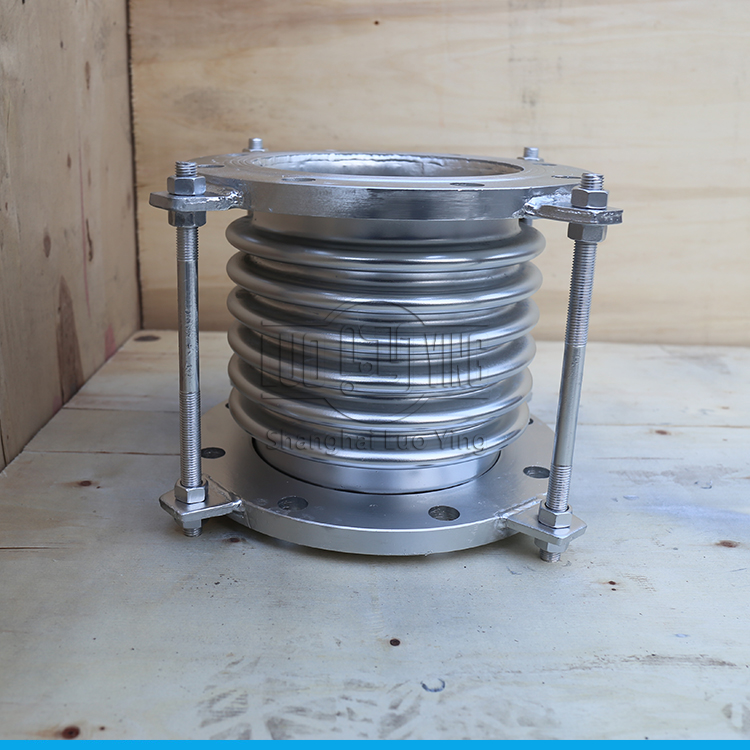Seasonal Selection and Installation Requirements for Corrugated Compensators.
Sep-23-05
Seasonal Selection and Installation Requirements for Corrugated Compensators. Corrugated compensators, also known as expansion joints, are essential components used in a variety of industrial applications to accommodate thermal expansion and contraction of pipes, ducts, and other systems. These compensators are designed to absorb movement and stress, minimizing the risk of damage to the connected components.
When it comes to selecting and installing corrugated compensators, there are several factors to consider, including seasonal variations. Seasonal changes can have a significant impact on the performance and durability of compensators, making it crucial to choose the right type and ensure proper installation. This article will discuss the seasonal selection and installation requirements for corrugated compensators.
Material Selection: The choice of material for corrugated compensators should consider the specific temperature and environmental conditions the compensators will be exposed to throughout the year. For example, if the system is subject to high temperatures or aggressive chemicals, it's important to select compensators made from materials with excellent heat resistance and corrosion resistance properties, such as stainless steel or special alloys.

Size and Capacity: The size and capacity of the compensators should be carefully determined based on the system requirements and the anticipated movement. Oversizing or undersizing the compensators can lead to performance issues and reduced service life. Consultation with engineers and experts can help in accurately determining the appropriate size and capacity of the compensators.
Installation Guidelines: During installation, it's crucial to follow the manufacturer's guidelines and industry best practices. Ensure proper alignment, support, and anchoring of the compensators to prevent overextension or structural stress. Adequate clearance should be provided to accommodate movement in all directions, considering the full range of thermal expansion and contraction.
Inspection and Maintenance: Regular inspection and maintenance are essential to ensure the ongoing performance and longevity of corrugated compensators. Periodically check for signs of wear, corrosion, or damage, and replace any worn-out or damaged components promptly. Lubrication of moving parts and cleaning can also prolong the life of compensators.
In conclusion, selecting and installing corrugated compensators requires careful consideration of seasonal variations and system requirements. By choosing the right material, design, size, and following proper installation guidelines, you can ensure their optimal performance year-round. Regular inspection and maintenance will help identify any issues early on, allowing for timely repairs or replacements and preventing more significant problems down the line.

